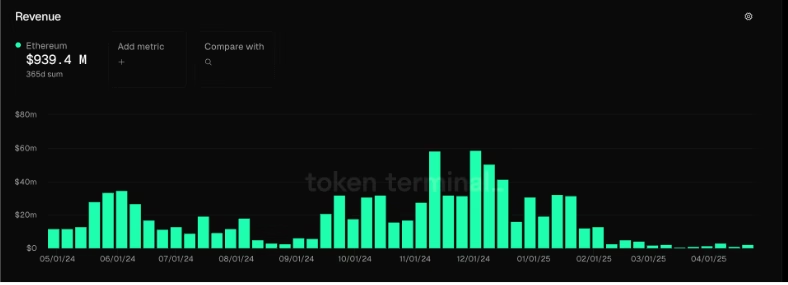- Ethereum R1 is a tokenless layer-2 solution focused on decentralization and built without venture capital.
- It promotes neutrality, community funding, and rejects centralized control or governance tokens.
A new player has entered Ethereum’s expanding ecosystem of layer-2 (L2) scaling solutions — and it’s breaking from tradition. Dubbed Ethereum R1, this fresh initiative is turning heads with its commitment to decentralization, neutrality, and a complete absence of tokens.
Unlike other L2 networks that often introduce their own tokens, involve venture funding, and set up centralized governance structures, Ethereum’s R1 is built on a different philosophy. Developed by an independent group within the Ethereum community — not the Ethereum Foundation — Ethereum’s R1 relies entirely on donations. It has no native token, no venture capital backing, and no private or pre-mined allocations.
“General-purpose L2s should be commodities — simple, replaceable, and free from centralized dependencies or risky governance,” the developers wrote in a May 1 post on X. “Ethereum R1 is our answer to that call.”
The Case Against Centralized L2s
Ethereum R1’s launch is a response to growing unease within the Ethereum community. Many believe that current L2 networks increasingly resemble new L1 blockchains rather than true Ethereum extensions. Critics cite opaque governance, private funding deals, and centralized control as evidence that some L2s have strayed from Ethereum’s foundational ethos of decentralization.
This sentiment aligns with broader concerns raised by Ethereum’s recent evolution. After the Dencun upgrade in March 2024, Ethereum slashed fees across L2s — a move that contributed to a 99% collapse in base layer revenue by September. By April 2025, Ethereum’s transaction fees hit a five-year low of $0.16, as block space demand dropped significantly.

While some argue that this shift could undermine Ethereum’s core base layer, others see it as a strength. “Ethereum’s L2 approach gives users a virtually unlimited number of high-throughput chains,” said Anurag Arjun, co-founder of Avail. He contrasted Ethereum’s modular scaling with the rigid “one-size-fits-all” model used by monolithic blockchains.
R1: A Return to Ethereum Core Values?
Ethereum’s R1 represents a bold experiment in restoring credible neutrality to the network. By rejecting tokens and VC funding, R1 reaffirms Ethereum’s mission of decentralization and censorship resistance.
Whether this tokenless model can succeed in a landscape dominated by profit-driven projects remains to be seen. But for now, Ethereum R1 stands out as a principled attempt to re-center Ethereum scaling on community-driven and transparent foundations.